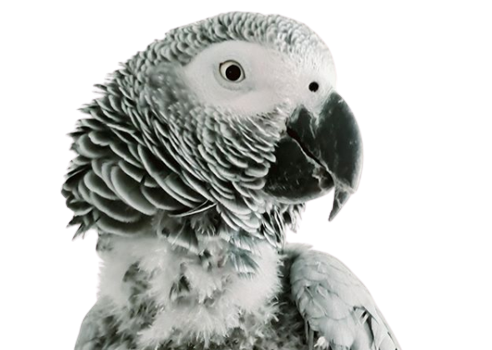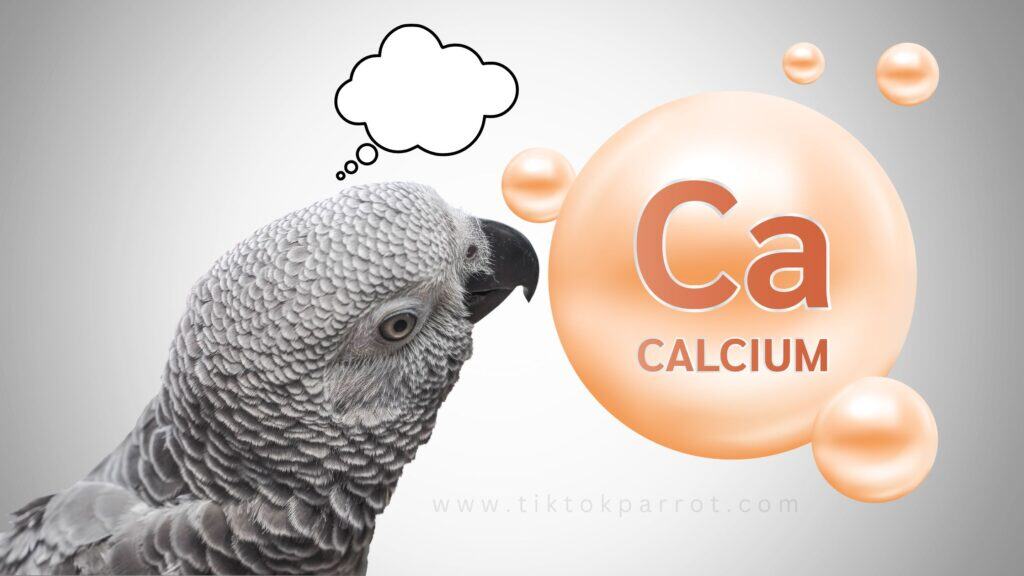Are you wondering if your African Grey is getting enough calcium in their diet? Well, wonder no more! Calcium is an essential nutrient for our feathered friends, and I’m here to tell you why.
Imagine your parrot’s bones as a strong, sturdy tree. Without enough calcium, that tree starts to weaken, and before you know it, it’s a brittle twig snapping in the wind. Calcium is the cement that keeps your parrot’s skeleton strong and healthy. It’s crucial for building and maintaining those beautiful, hollow bones that make our birds so unique.
But calcium does more than just keep bones strong. It’s also essential for muscle function, nerve function, and even egg production in our female African Greys. Without enough calcium, your parrot might start to show some pretty scary symptoms, like muscle cramps, tremors, and even seizures. Yikes!
Discover the crucial role calcium plays in your African Grey’s health & happiness. Learn how to ensure they’re getting enough & avoid deficiencies that can lead to serious health issues. Read now & give your parrot the strong, healthy bones they deserve!
Is the balanced diet enough for African greys?
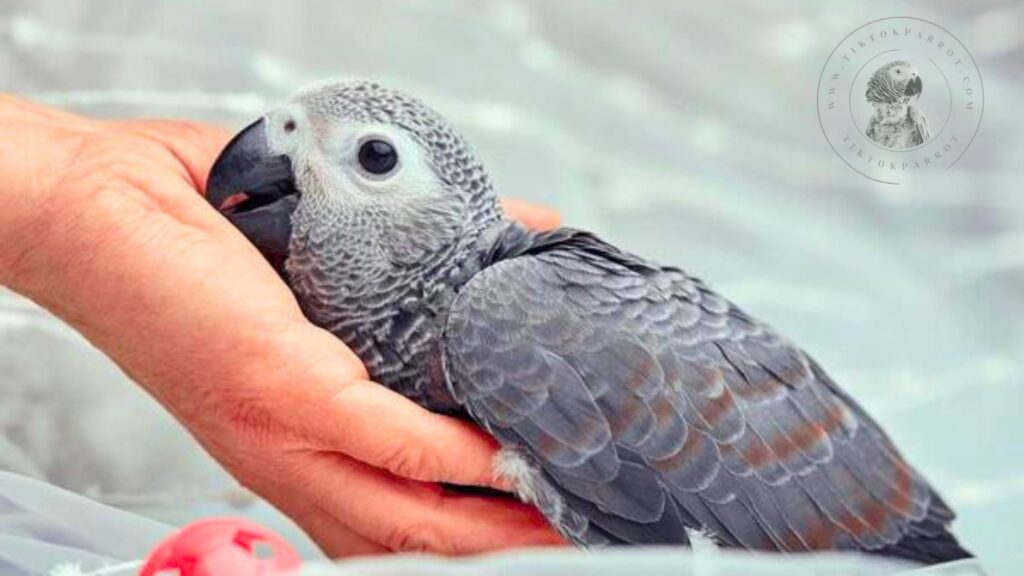
Now, I know what you’re thinking: “But I feed my parrot a balanced diet, so they must be getting enough calcium, right?” Not so fast! Many commercial parrot foods are deficient in calcium, and even if they’re not, our birds have different needs at different stages of their lives. For example, baby African Greys need more calcium than adults to support their rapid growth and development.
So, how can you ensure your parrot is getting enough calcium? First, make sure you’re feeding a high-quality, calcium-rich parrot food. You can also supplement with calcium-rich treats like cuttlebone, crushed eggshells, and even dark leafy greens like kale and broccoli (just be sure to cook them first to remove any pesticides).
But here’s the thing: too much calcium can be just as bad as too little. It’s all about finding that sweet spot, like Goldilocks – not too little, not too much, but just right. So, be sure to talk to your avian vet about the best calcium plan for your feathered friend.
Think of calcium as the body’s multi-tasking champ. It’s like the ultimate handyman, fixing things left, right, and center. From building those impressive beaks to keeping their nervous system firing on all cylinders, calcium plays a crucial role in almost everything your Grey does.
African Greys are particularly susceptible to calcium deficiencies. Imagine their bodies as high-performance sports cars, constantly pushing the limits. They need the right fuel – and calcium is their premium octane! So, how can we make sure our feathered Einsteins are getting enough of this superhero mineral?
The Seed Trap: Why Your Grey Needs More Than Just Birdie Crunch
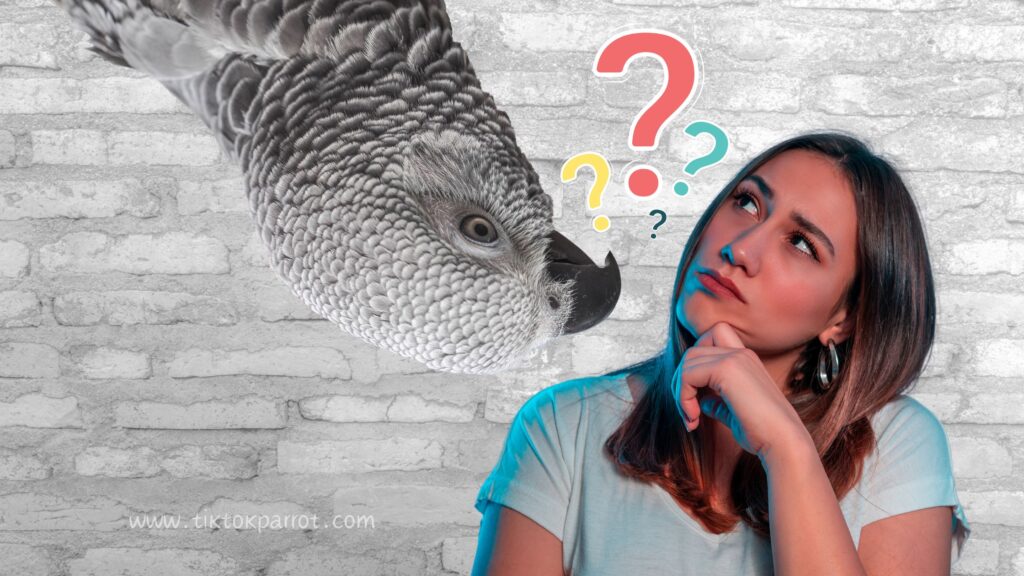
We all love watching our Greys crack open sunflower seeds – it’s like a tiny symphony of clicks and crunches. But here’s the not-so-fun fact: most commercial seed mixes are like nutritional doughnuts – delicious, but lacking the essential nutrients our birds need. Seed mixes tend to be high in fat and low in calcium, which is a recipe for trouble down the line.
Calcium Crusaders: A Guide to Greytastic Foods
So, what are the calcium-rich foods that will turn your Grey into a bone-afide health champion? Here’s your shopping list:
- Leafy Green All-Stars: Kale, collard greens, dandelion greens – these leafy wonders are packed with calcium and other good stuff. Think of them as tiny jungles brimming with avian treasure!
- Veggie Powerhouse: Bell peppers, carrots, broccoli – the vibrant world of vegetables offers a delightful mix of taste and essential nutrients, including calcium. Just remember, some Greys might be picky eaters, so introduce new veggies slowly and with a bit of birdie bribery (think chopped apple or a sprinkle of millet).
- The Mighty Millet: This tiny grain is a champion for a reason! Millet is a great source of calcium, along with other essential vitamins and minerals. Plus, it’s fun for your Grey to forage through, keeping those curious minds stimulated.
- Cooked Eggs (Shell On!): Eggs are a fantastic source of protein and calcium, but there’s a secret weapon here – the shell! Crushed eggshells provide a bioavailable form of calcium that your Grey can easily absorb. Just be sure to cook the egg first – raw eggs can be risky for birds.
Beyond Food: The Sunshine Factor
Calcium isn’t the only player in this game. Vitamin D3 is like calcium’s best bud – they work together to ensure proper absorption. The good news is that most African Greys can get their Vitamin D3 fix from natural sunlight. So, give your feathered friend some supervised playtime near a window (with UV protection, of course!).
symptoms of calcium deficiency in african grey parrots
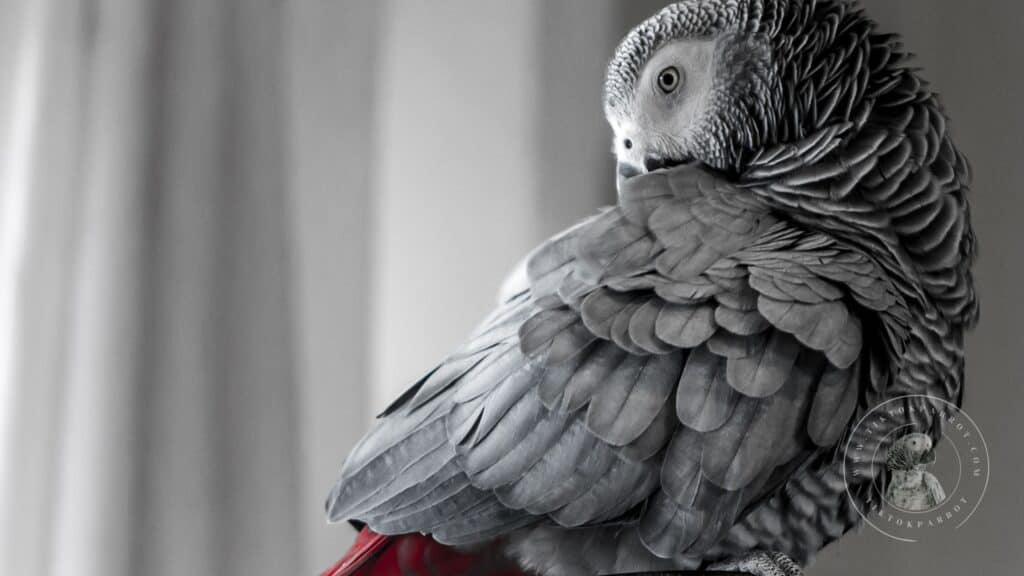
If your Grey isn’t getting enough calcium, below I will highlight some of the symptoms for calcium deficiency in African Grey parrots, along with a brief description for each:
- Physical Weakness: This can manifest as difficulty climbing cage walls and moving around, lethargy, or appearing generally less active.
- Tremors: Uncontrollable shaking or twitching, particularly noticeable in the head or legs.
- Difficulty Perching: Loss of balance or struggling to maintain a stable position on a perch could indicate weakened muscles or bones.
- Heart Disorders: In rare cases, severe calcium deficiency can disrupt the electrical signals in the heart, leading to irregular heartbeats or other heart problems.
- High Cholesterol: While less common, some studies suggest a link between calcium deficiency and abnormal cholesterol levels in birds.
- Muscular Pain and Contractions: Muscle weakness can lead to pain and involuntary muscle contractions, causing discomfort for your Grey.
- Rickets in young birds: In growing African Greys, severe calcium deficiency can cause rickets, a condition that weakens and softens bones, leading to deformities.
- Loss of balance: This can manifest as difficulty perching, swaying excessively, or falling off the perch more frequently.
- Lack of coordination: Difficulty performing simple tasks like climbing or picking up food due to impaired muscle control.
- Trembling: Uncontrollable shaking or twitching, particularly noticeable in the head or legs.
- Nervousness: Calcium plays a role in nerve function, so a deficiency can manifest as anxiety or general restlessness.
- Seizures: In severe cases, calcium deficiency can disrupt brain activity, leading to seizures.
- Feather plucking: While feather plucking can have various causes, in some cases, it might be a sign of discomfort or stress related to the physical effects of calcium deficiency.
- Weakness: This can manifest as difficulty climbing cage walls and moving around, lethargy, or appearing generally less active.
- Ataxia: This is a loss of muscle coordination, causing wobbly or uncoordinated movements.
- Falling off the perch: This can be due to weakness, loss of balance, or lack of coordination.
If you notice any of these symptoms in your African Grey, it’s crucial to consult an avian veterinarian for a proper diagnosis and treatment plan. Early intervention is key to preventing long-term health problems and ensuring your feathered friend thrives.
Keeping Your Grey Grey-t: A Final Caw
I would say, calcium is crucial for our African Greys’ health and happiness. Without it, they might be in for a world of hurt. But with a little knowledge and planning, you can ensure your parrot is strong, healthy, and thriving.
Because calcium is the foundation for a healthy and happy African Grey. By providing a balanced diet rich in calcium-containing foods and ensuring proper Vitamin D3 exposure, you can help your feathered friend live a long and fulfilling life. Remember, a healthy Grey is a happy Grey, and a happy Grey is one that will keep you entertained with their intelligence and playful antics for years to come.
So, go ahead and give your parrot a calcium-rich treat today – their bones (and you) will thank you!
Leave your feedback and share your experience in the comments section below!
If you found this blog helpful, It would be great if you could share it with your family and friends who might find it useful as well.
You might like to read these as well 🙂
Top 7 Superfoods for Your African Grey Parrot
Skin and Feather Care for African Greys
Food vs. Pellets – Why Food Is Better Than Pellets?
How Do We Take Care of an African Parrot Grey’s Health?
Keeping Track of the Menu: African Grey Parrot Diet Food
African Grey Parrot Watery Poop: the Mystery and Finding Solutions
For more useful content about African grey parrots, you can subscribe my site with your email to get notification upon publishing a new blog, the subscribe box you can see on the right side of this page. Also if you get an alert on your web browser while browsing my site, allow it and that will also give you an alert whenever I publish a new blog. 🙂
Stay safe and much love!


